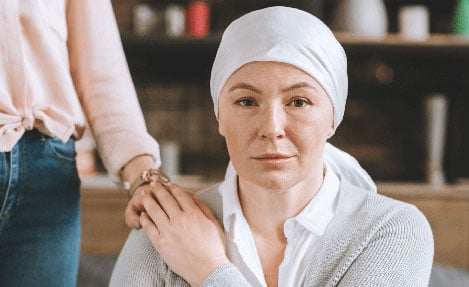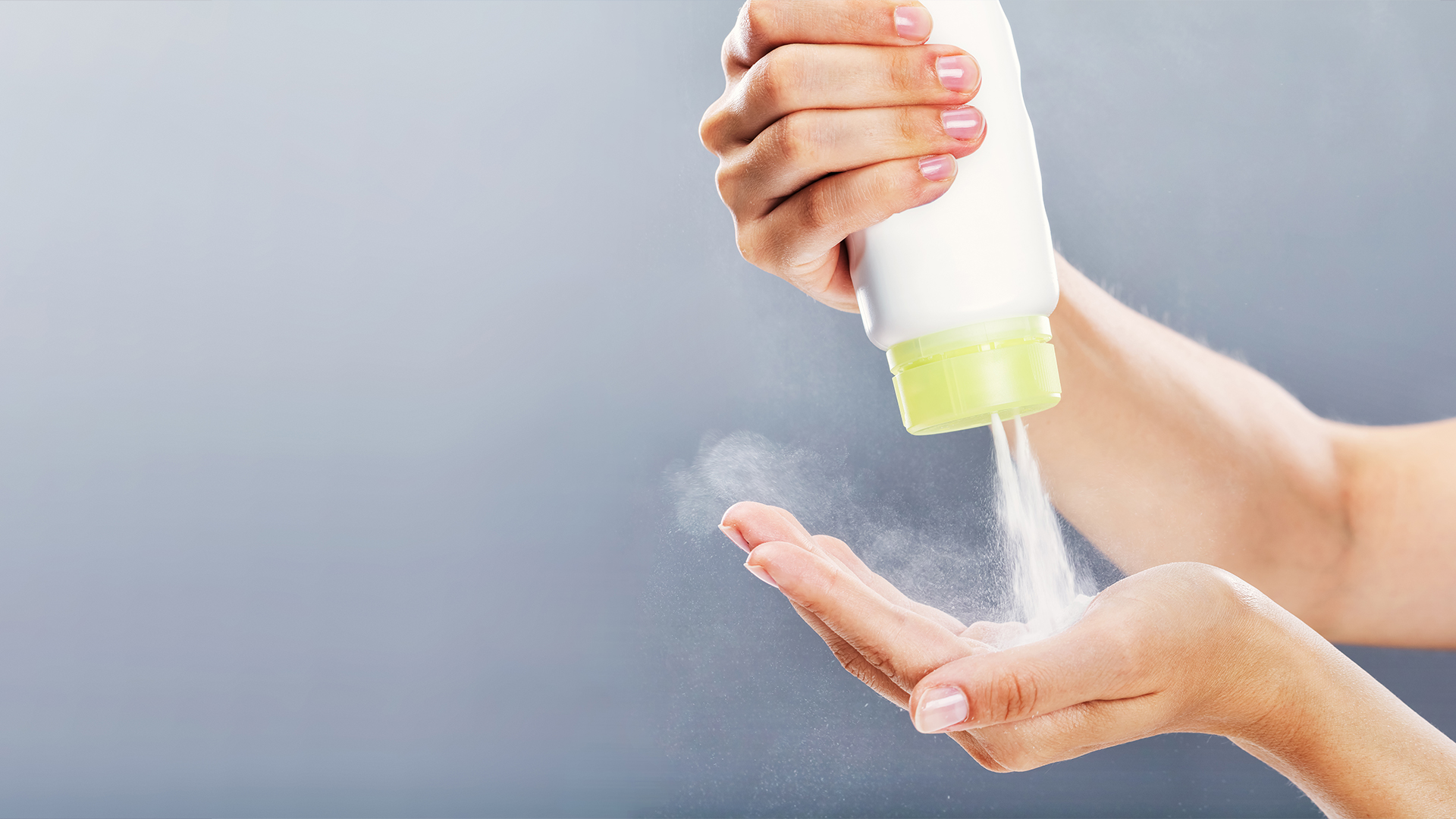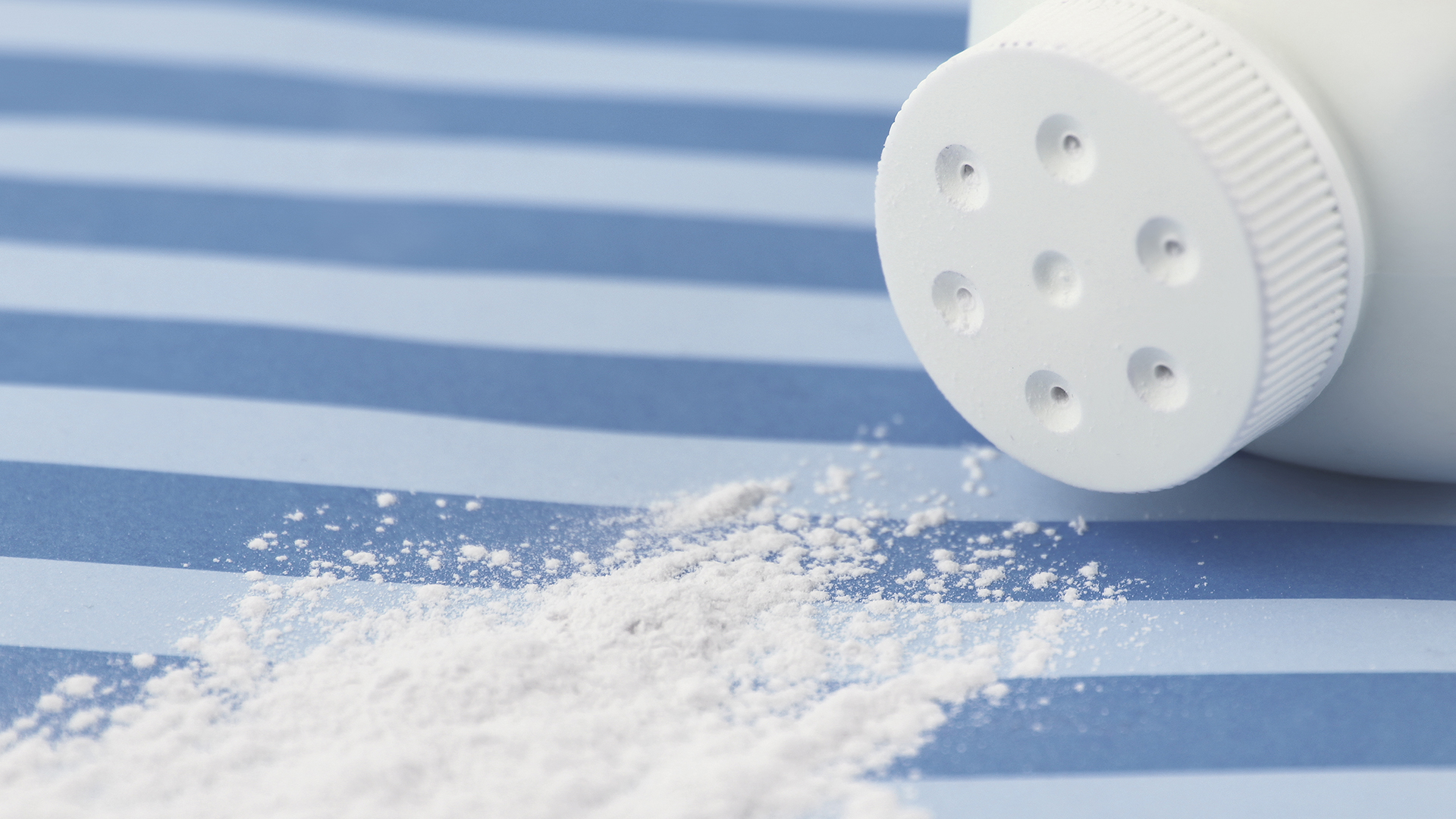Battling breast cancer takes an excruciating toll from loss of hair to coping with a lumpectomy or complete mastectomy. Last year, approximately 109,000 women across the country had reconstructive surgery at the end of their cancer treatment. Another 290,000 American women received implants for breast enlargements, according to the American Society of Plastic Surgeons.
Now the troubling news: a rare type of cancer – anaplastic large-cell lymphoma (ALCL) – has been linked to breast implants. The Food and Drug Administration has received 359 reports that include nine deaths.
Why surface texture of an implant is a risk factor?
Implants are manufactured by a number of different companies. They may be smooth or textured and filed with silicone gel or saline.
The surface of a textured implant allows tissue to grow into the microscopic grooves. With newer anatomically shaped implants, a textured surface plays an important role by keeping the implant from moving. It can also reduce the chance that hard, painful scar tissue develops around the implant.
Only 231 of the reported cases included surface information. But it was striking – 208 were textured compared with 28 smooth. There was little difference between silicone gel (about 60 percent) versus saline (roughly 40 percent).
What is it about the surface that makes a difference? Researchers are still trying to figure out the answer to this question. In some studies, levels of genetic activity in the tissues of laboratory rats varied based on the surface of an implant. The cancer might also be tied to bacterial infections. Careful analysis of these products could even uncover design defects.
ALCL: 33 cases per one million people
Even for those with textured implants the chance of developing this cancer is low. A study estimates the lifetime risk of occurrence at 33 in one million. That is, however, 65 times higher than the risk for women who do not have implants.
Some of the warning signs for ALCL are lumps, fluid buildup or swelling. Most cases resolve once the implant and surrounding tissue is removed. Chemotherapy and radiation are recommended in other cases.
This link has been known since 2011. Improvements in reporting criteria are now allowing for a better picture of the number of women affected.
Routine medical care and awareness
The FDA does not go as far as to recommend removal of textured implants. The news release does seek to raise awareness about the issue. It is also crucial to complete doctor follow-up instructions such as regular mammograms or periodic magnetic resonance imaging (MRI) to detect ruptures of silicone-gel implants.
Before undergoing any surgery, it is important to do research. An online search can often turn up how many breast implants a surgeon performs each year, whether past patients have had complaints and if there are any licensing board issues. Ask questions about medical implants, so that you can make an informed decision.
When things go wrong, legal remedies may be available. Discuss your concerns with one of the experienced products liability attorneys at Weisfuse & Weisfuse during a free initial consultation.
















